Depending on the series, the fact that these eye highlights appear can be exploited to add the effect of unhappiness, shock, horror, or any other emotion outside of "normal" for a stock character. The general trope for this is called Dull Eyes of Unhappiness, and has prevalence not just in anime, but in other media as well.
For a particularly jarring example, let's take Kotonoha from School Days.
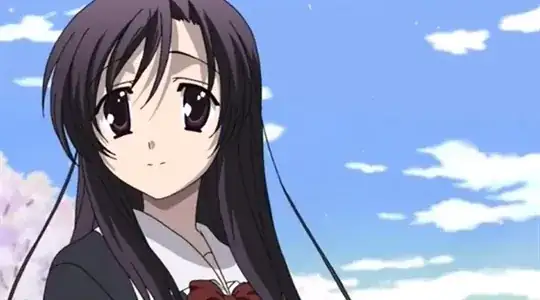
In this shot, Kotonoha is at a bare minimum in a "normal" state; she's happy and in general, relatively in her right mind.
I won't go into the details of that series, but let's just say...she goes through some things1. And we can tell due to the lack of eye lights.2
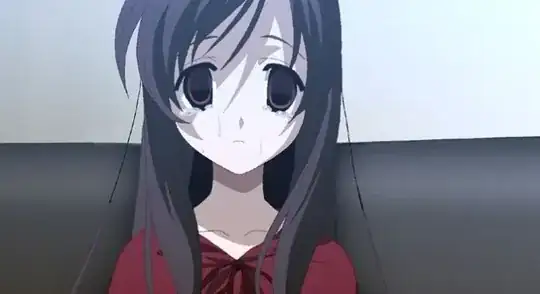
Almost immediately, even those of us who aren't familiar with this story, we can see that this character is acting or feeling outside of the norm, which is a strong plot-driving point.
In other cases, it can be used for comedic effect. In the series Morita-san is Taciturn, the main character always has eyes like this.
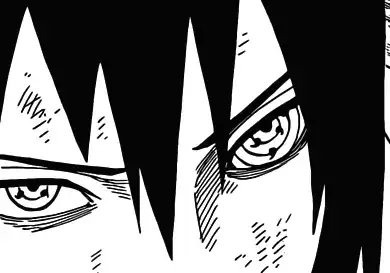
However, very much unlike any stock example of this trope, Morita is a very happy-go-lucky person, even with her eyes in this shade (and everyone else's without). In this scenario, we could even call this "normal", and if her eyes were to go suddenly include eye lights, we'd have a similar reaction.
This doesn't even include scenarios in which the eye lights are exaggerated for a character that is crying, either.
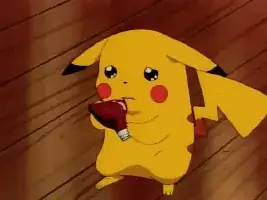
Here, the overabundance of eye lights gives the illusion of tears forming, which can be either the emotion of sadness...
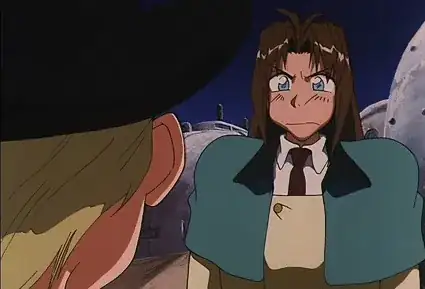
...and with this example from Trigun, the overabundance of eye lights gives the illusion of frustration or anger.
All of this to say that this effect very much has a purpose and very much has a place. In series that mandate it, the lack of it can (and often should) shift a person's perception about a scene or the state of a character, and is used for theatrical effect as well as a plot device.
1: I'll accept my Understatement of the Century award, thank you very much.
2: Oh, and the tears are a dead giveaway, too.
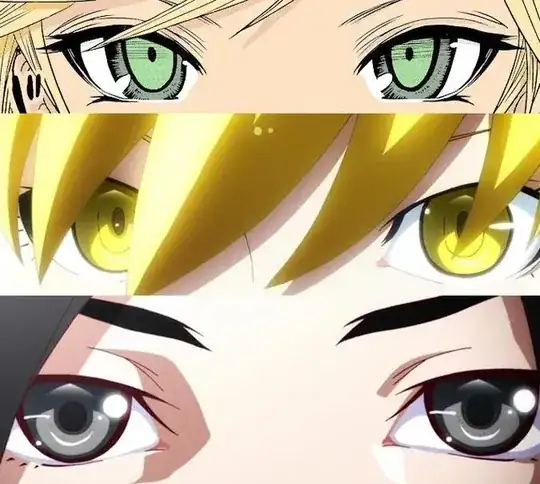 Why do nearly all human-like characters have it in both eyes?
Why do nearly all human-like characters have it in both eyes? Here is another terrible eye glow. The first example just this looks eye cancer.
Here is another terrible eye glow. The first example just this looks eye cancer. 



